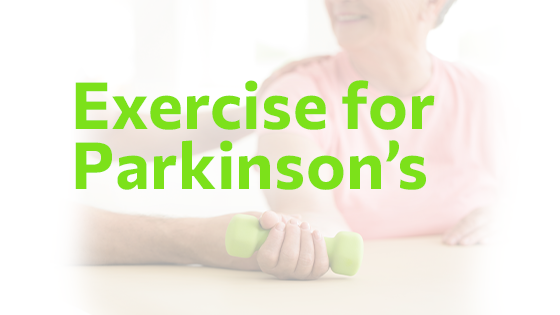Parkinson’s disease, a chronic and progressive disorder, impacts motor functions due to a decrease in dopamine-producing cells in the brain. Symptoms include tremors, stiffness, and balance problems, which can significantly affect daily life. Regular exercise plays a vital role in managing Parkinson’s. Not only does it improve physical functioning like balance, strength, and flexibility, but it also enhances mood, cognition, and overall quality of life. This guide will provide you with 9 best exercise for Parkinson’s disease, emphasizing activities that can help mitigate symptoms and boost overall wellness.
1. Stretching
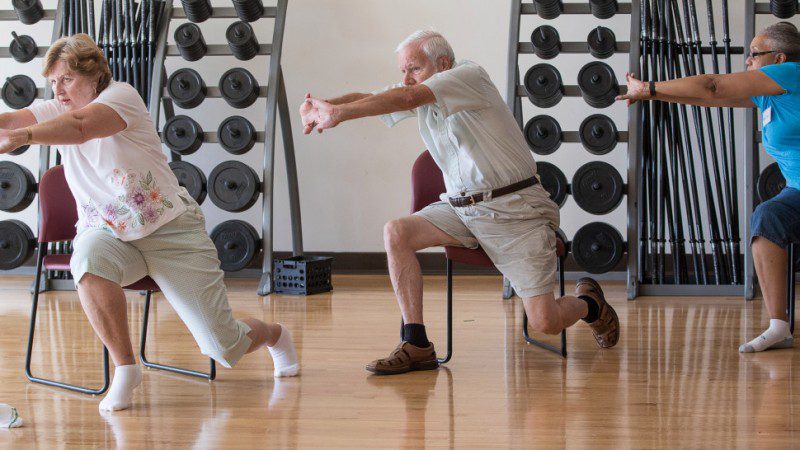
For those living with Parkinson’s disease, maintaining flexibility is crucial. Stretching exercises can help reduce muscle stiffness, a common symptom, and improve overall mobility. Incorporating a regular stretching routine into your day can lead to significant improvements in posture, joint movement, and ease of performing daily activities. For instance, stretches targeting the neck, shoulders, back, and leg muscles can help combat the rigidity often associated with Parkinson’s. When performed correctly and consistently, these exercises promote longer, smoother, and more controlled movements. Remember, it’s always important to consult with a healthcare professional or physical therapist before starting a new exercise regime to ensure safety and effectiveness.
2. Aerobic Exercises
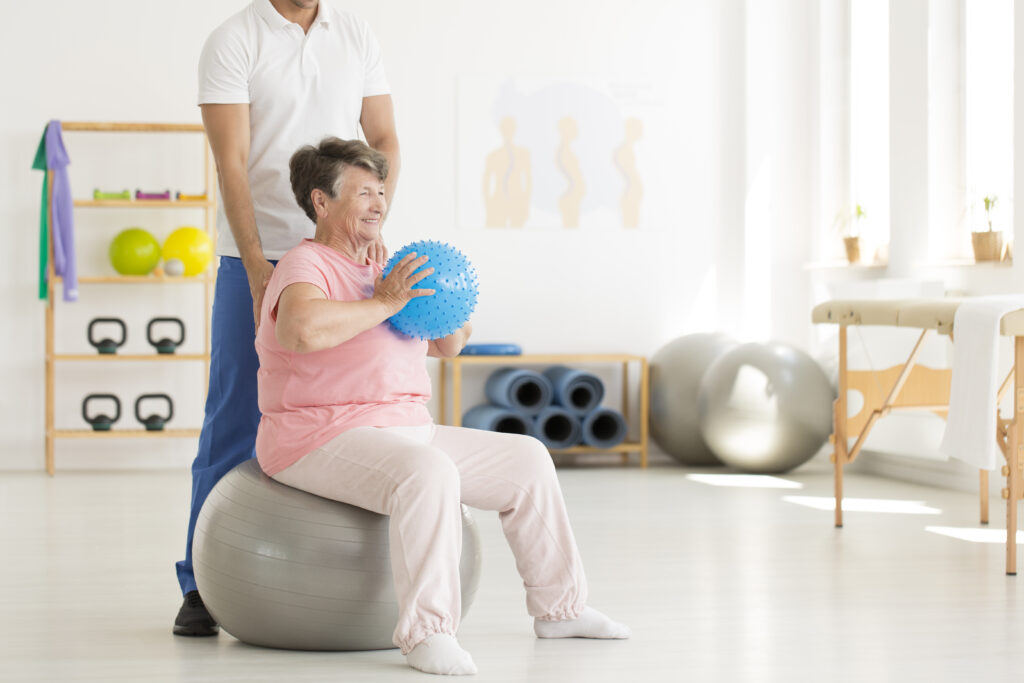
Aerobic exercises are integral to managing Parkinson’s disease. These exercises stimulate heart and lung function, improve overall stamina, and can help manage the mood changes often associated with Parkinson’s. Exercises such as brisk walking, cycling, swimming, or even dancing not only offer cardiovascular benefits but also provide opportunities for social interaction, helping to boost overall mood and mental health. By elevating heart rate, aerobic activities can lead to improved cognitive function and slower disease progression. It’s important to find an aerobic exercise you enjoy, which encourages regular participation. As always, before beginning a new exercise regimen, please consult your healthcare provider or a physical therapist to tailor a safe and effective program to your needs.
Related: Aerobic and Anaerobic Exercise: Which is Best?
3. Tai Chi
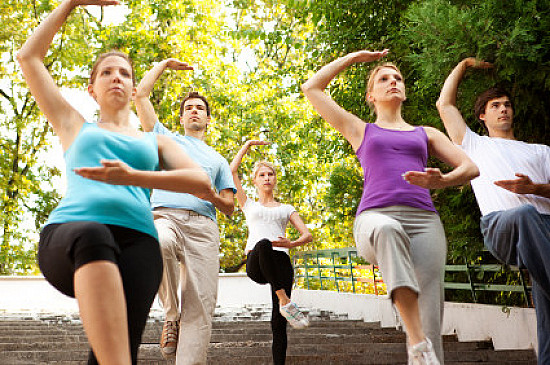
Tai Chi, an ancient Chinese martial art often described as “meditation in motion”, is a fantastic exercise for individuals with Parkinson’s Disease. It combines slow, deliberate movements, meditation, and deep breathing, all of which can greatly aid in enhancing balance, coordination, and strength. Tai Chi’s gentle movements work on both the lower and upper body, improving postural stability, a vital aspect for individuals dealing with Parkinson’s-related balance issues. Studies have shown that regular Tai Chi practice can reduce falls, improve mobility, and even alleviate some Parkinson’s symptoms. By emphasizing mind-body connection, Tai Chi fosters relaxation, reduces stress, and enhances overall quality of life. Always remember to learn Tai Chi under the guidance of a certified instructor to ensure safety and effectiveness.
4. Yoga

Yoga, a holistic form of exercise, offers remarkable yoga benefits for individuals with Parkinson’s Disease. The combination of physical postures (asanas), breath control (pranayama), and meditation in yoga fosters flexibility, strength, balance, and mind-body awareness, all of which are crucial for managing Parkinson’s symptoms. The asanas can be modified to accommodate different ability levels, and regular practice can improve range of motion and alleviate stiffness associated with Parkinson’s. Yoga’s meditative aspect fosters stress reduction and emotional well-being, both significant considering the psychological impact of the disease.
Importantly, yoga promotes better posture and body alignment, helping to counteract the stooped posture common in Parkinson’s. As with any exercise regimen, practicing yoga should be under the supervision of a knowledgeable instructor to ensure safety and effectiveness.
5. Strength Training

Strength training is a valuable tool in the fight against Parkinson’s Disease. By improving muscle strength, it counteracts muscle atrophy and weakness often seen in this condition. Incorporating resistance exercises such as weightlifting or using resistance bands, can significantly enhance mobility and balance, reducing the risk of falls. Regular strength training also boosts energy levels, reduces feelings of fatigue, and can improve the overall sense of well-being. Besides, it also plays a role in maintaining bone density, crucial as Parkinson’s patients have an increased risk of fractures due to falls. Before starting a strength training regimen, it’s important for individuals with Parkinson’s to seek guidance from a physical therapist or trained professional to ensure safety and effectiveness.
6. Walking
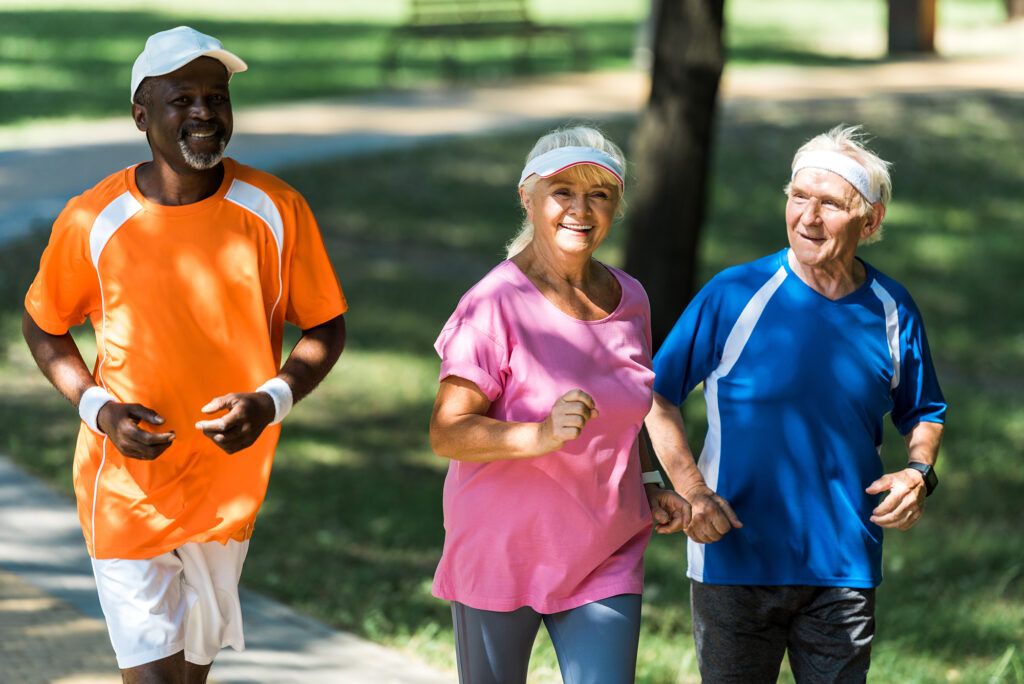
Walking is a wonderfully simple and effective exercise for individuals with Parkinson’s Disease. It aids in maintaining mobility, improving gait, and enhancing cardiovascular health. Regular walks, especially in natural environments, can also boost mood, reduce stress, and increase overall well-being. For Parkinson’s patients, who often face challenges with gait such as shuffling or freezing, walking exercises can be tailored to tackle these issues. This can include stride length and speed drills, obstacle navigation, or rhythmic cues. Importantly, walking should be incorporated into daily life – short, frequent walks can often be more beneficial than infrequent, long stints. As always, safety is paramount, so suitable footwear, walking aids if needed, and avoiding slippery or uneven surfaces is key.
7. Dance
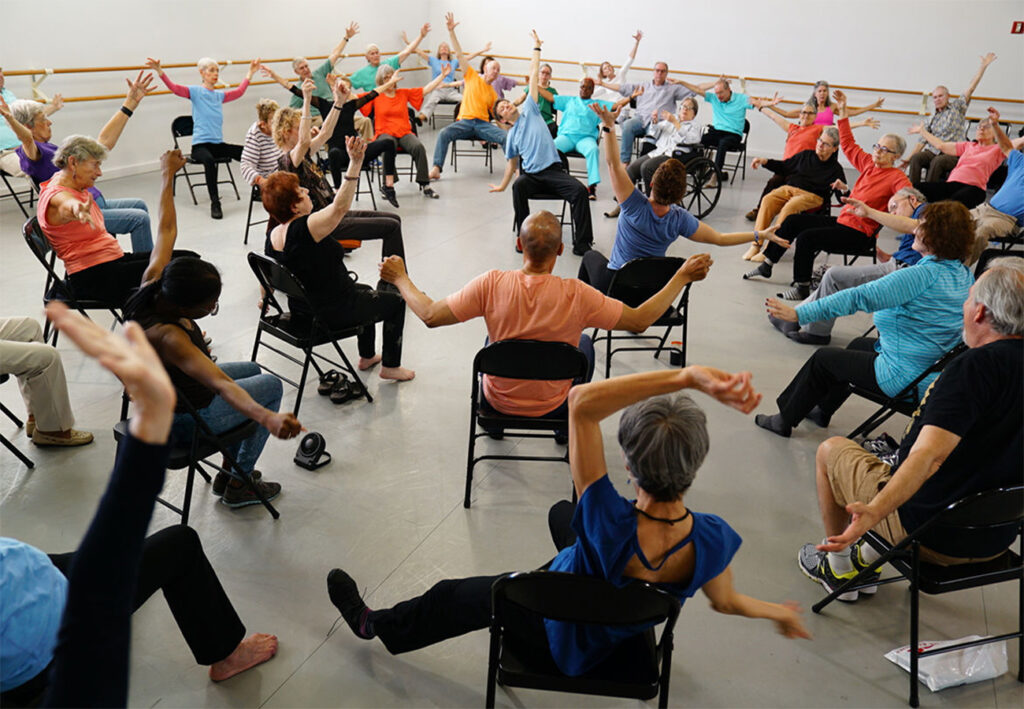
Dance offers a dynamic, engaging way for people with Parkinson’s Disease to maintain mobility, improve balance, and foster a sense of enjoyment. Various dance styles, particularly ballroom, tango, and even ballet, have been studied for their positive impact on Parkinson’s symptoms. Dance can improve gait, balance, and flexibility, while the rhythm aids motor coordination and timing. Moreover, the expressive nature of dance fosters emotional well-being and social interaction, providing a fun way to combat isolation often associated with Parkinson’s. Remember, the goal is not to perfect dance moves but to enjoy movement and music. Always ensure safety and personal comfort during sessions, and consider joining a dance class specifically designed for Parkinson’s patients.
8. Aquatic Exercises
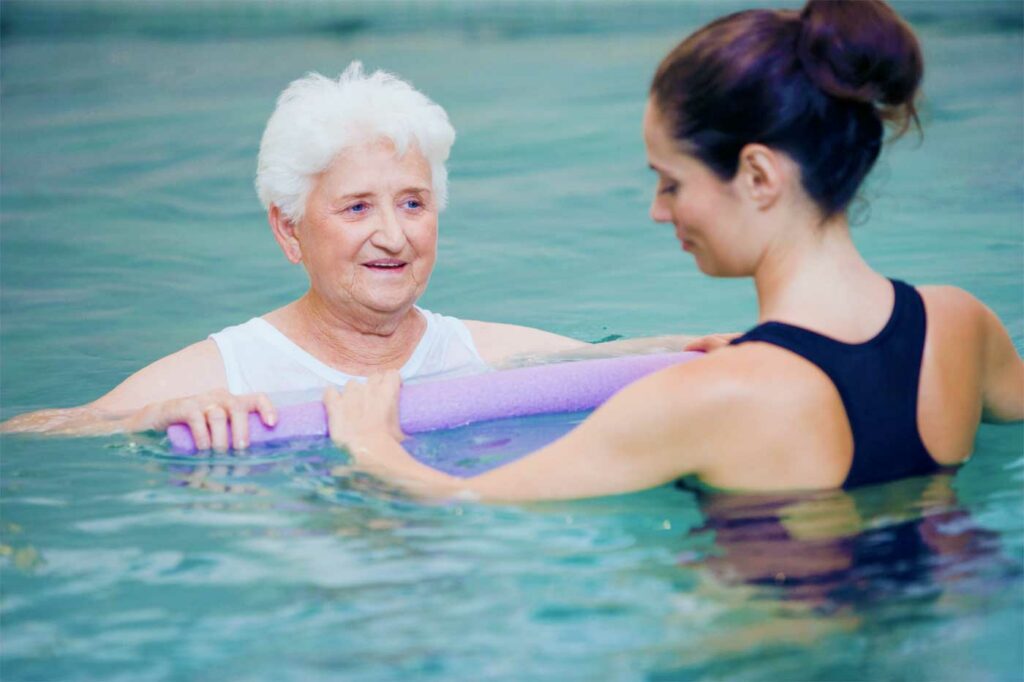
Aquatic exercises provide an excellent low-impact workout for individuals with Parkinson’s Disease, enhancing strength, flexibility, and mobility while minimizing strain on the joints. The buoyancy and resistance offered by water can aid in maintaining balance and reduce the risk of falls. Swimming, water walking, and aquatic aerobics are beneficial, improving cardiovascular health and muscle tone without excess stress on the body. Additionally, the soothing nature of water can offer relaxation and reduce Parkinson’s-associated muscle stiffness. It’s crucial, however, to ensure safety when engaging in aquatic exercises, whether through supervision, accessible pool entries, or suitable water temperatures. As always, exercises should be tailored to individual abilities and comfort levels.
9. Pilates

For individuals with Parkinson’s Disease, Pilates is a highly effective exercise modality, focusing on strengthening the core, improving posture, and promoting flexibility. Its controlled, low-impact movements are perfect for those with Parkinson’s as they encourage overall body strength, balance, and coordination, crucial factors in managing the condition. Moreover, Pilates emphasizes body awareness and breathing control, further assisting with movement and flexibility. Importantly, the focus on core strength can improve posture, often compromised in Parkinson’s, and enhance stability. Always remember, the exercises should be adapted to the individual’s abilities and performed under the guidance of a trained professional to ensure safety and effectiveness. Incorporating Pilates into your routine can substantially improve quality of life and physical capabilities.
Pre-Exercise Tips for Parkinson’s Patients
For individuals living with Parkinson’s Disease, integrating regular exercise into their lifestyle is crucial in managing symptoms and improving quality of life. However, starting a new exercise regimen requires thoughtful preparation. Here are five important pre-exercise tips for Parkinson’s patients:
1. Consult your Doctor: Prior to beginning any new exercise routine, it’s essential to consult with your neurologist or physical therapist. They can assess your current physical condition and provide personalized advice on suitable exercise types and intensity levels. Regular monitoring can help adjust the regimen as necessary to ensure it remains safe and effective.
2. Understand your Limitations: Parkinson’s disease affects people differently, and symptoms can fluctuate throughout the day. It’s important to be aware of your body’s responses and limitations. Try to schedule exercise during “on” periods when symptoms are well controlled. Also, understand that some days might be more challenging than others, and it’s okay to adjust your activity level accordingly.
3. Warm Up: A good warm-up prepares your body for the main exercise by increasing your heart rate and circulation, and loosening your joints and muscles. For Parkinson’s patients, warm-up exercises can also help alleviate stiffness, a common symptom of the disease. Stretching, light aerobic activities such as marching in place or arm swings can serve as effective warm-up routines.
4. Stay Hydrated and Eat a Balanced Diet: Good nutrition and hydration are crucial for anyone engaging in regular exercise, including those with Parkinson’s. Eating a balanced diet provides the necessary energy for physical activity, while hydration helps regulate body temperature and lubricate joints. Be mindful of meal timing, as some medications may cause nausea if taken on an empty stomach or may not work as well if taken with protein-rich foods.
5. Safety First: Make sure the environment where you’re exercising is safe. If balance is an issue, ensure that there are sturdy items nearby to hold onto. Non-slip surfaces can help prevent falls. Wearing comfortable, supportive shoes is also essential.
In conclusion, exercise for Parkinson’s disease patients, regular exercise is not merely an add-on, but a vital component of effective management plans. It improves physical mobility, uplifts mood, and enhances overall quality of life. From Tai Chi to strength training, there’s an array of activities that cater to individual needs and preferences. Embracing these routines can help counter Parkinson’s symptoms and foster a sense of accomplishment and wellbeing. Remember, consistency is key – establish an exercise habit, remain patient, and celebrate each victory, however small, on your journey to improved health with Parkinson’s.

